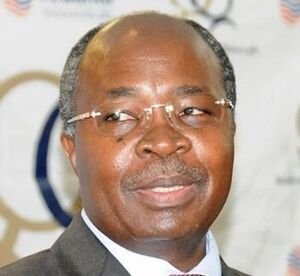How the Capital Markets can support growth of Zambia’s industries
October 28, 2021Capital Markets Youth Engagement
November 5, 2021
The minister of finance in his budget presentation has introduced deductibility of mineral royalty tax for Corporate Income Tax calculations. In line with international tax practices. Non-deductibility of mineral royalty tax meant that mines paid mineral royalty on top line (revenue) and then also charged on profit since the MRT expense is not allowed as a deduction. Most felt that this was double taxation and this disincentivized investment.
Ideally, the tax regime would capture rents through profit taxes, which takes account of costs. But mining costs are notoriously hard for the tax authorities to verify and are widely suspected of being inflated specifically to avoid taxation.
Until now the non deductibility of MRT has been one of the crucial barriers standing in the way of Zambia’s acquisition of investment capital. According to the Chamber of Mines in Zambia, two game-changing investments hang in the balance. Kansanshi Copper Mines has been awaiting a better fiscal environment in order to begin a $1 billion expansion project which includes a new smelter, and Lubambe Copper Mine intends to expand its operations in Chililabombwe in a move that would add increase copper production by 150,000 tonnes per annum for the next 45 years. An estimated initial US$2.5billion in expansions already committed to. This is further expected to make the mines competitive.
